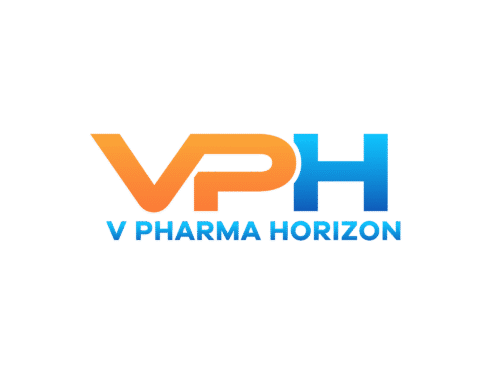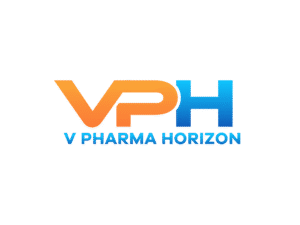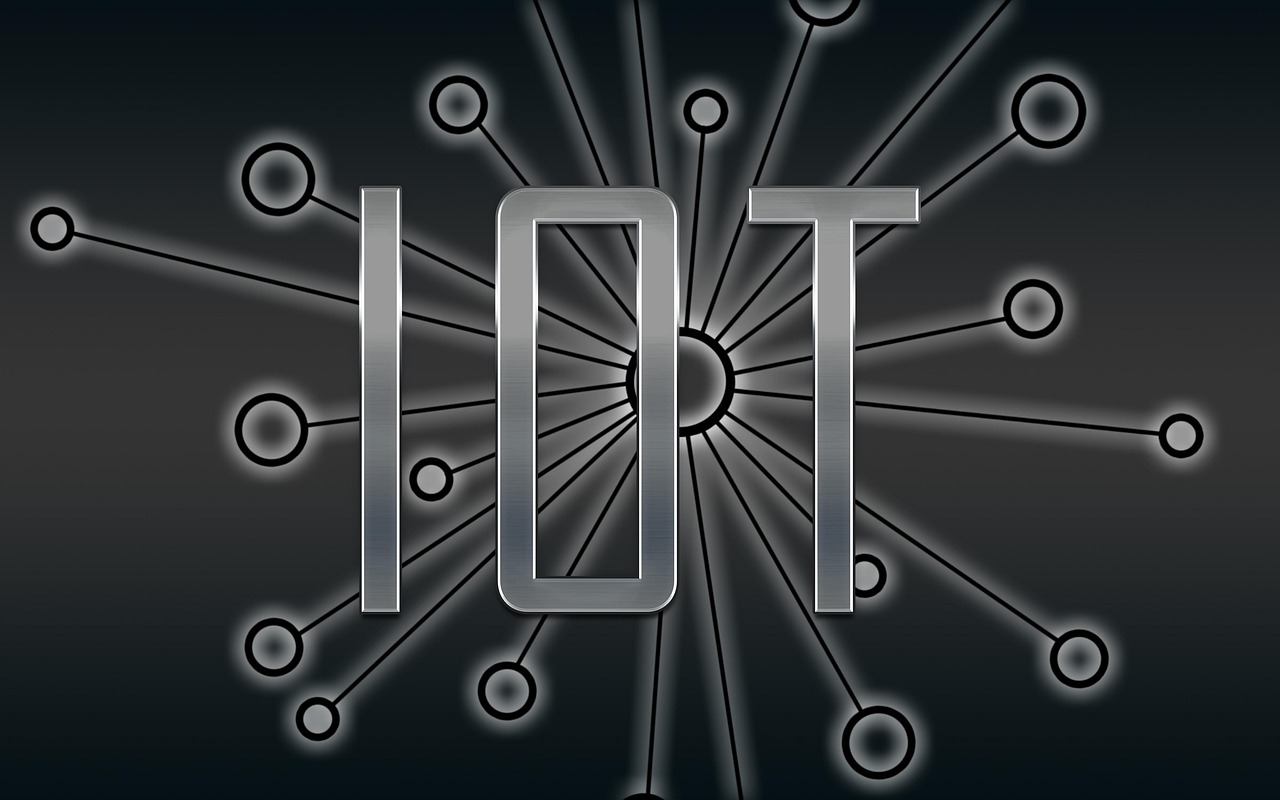Cybersecurity in Digital Pharma Manufacturing: Are We Prepared?
The pharmaceutical manufacturing industry is rapidly embracing digital transformation. From AI-powered process optimization to IoT-enabled equipment monitoring, Pharma 4.0 promises smarter, more agile production environments. But as digital integration accelerates, so too does the threat

The pharmaceutical manufacturing industry is rapidly embracing digital transformation. From AI-powered process optimization to IoT-enabled equipment monitoring, Pharma 4.0 promises smarter, more agile production environments. But as digital integration accelerates, so too does the threat landscape. With intellectual property, patient data, and drug production processes at stake, cybersecurity in digital pharma manufacturing has become not just an IT concern but a matter of patient safety and public health. The pressing question is: Are we truly prepared?
The Expanding Attack Surface in Pharma 4.0
Digital pharma manufacturing ecosystems now include smart sensors, cloud-based MES (Manufacturing Execution Systems), remote access for equipment vendors, and enterprise-wide data integration. While these systems deliver unprecedented efficiency and traceability, they also introduce multiple vectors for cyberattacks.
A 2023 report by IBM found that the healthcare and pharmaceutical sectors are among the most targeted industries by cybercriminals. In manufacturing facilities, attackers can potentially manipulate drug formulations, disrupt production schedules, or gain unauthorized access to proprietary R&D data—all of which can have catastrophic financial and ethical implications.
Key Cybersecurity Challenges in Pharma Manufacturing
- Legacy Systems and Patch Management
Many pharma plants still operate a mix of legacy and modern digital systems. Legacy platforms often lack basic encryption or access controls and are not designed for internet connectivity, making them soft targets for attackers. - Third-Party Risks
The reliance on third-party vendors for equipment maintenance, software support, and cloud services exposes manufacturers to vulnerabilities beyond their direct control. - OT-IT Convergence
The blending of Operational Technology (OT) and Information Technology (IT) systems increases complexity. Unlike IT environments, OT systems often prioritize uptime over security, leading to poor segmentation and visibility of threats. - Insider Threats and Human Error
Whether intentional or accidental, human factors remain one of the biggest vulnerabilities. A simple phishing attack or misuse of credentials can lead to deep system compromises.
Current Industry Preparedness: A Mixed Picture
While large multinational pharmaceutical companies have made significant investments in cybersecurity, many mid-sized and contract manufacturers lag behind. Regulatory bodies like the FDA and EMA have begun issuing cybersecurity guidelines, but enforcement is still limited, especially across global supply chains.
The gap between digital ambition and cybersecurity preparedness is evident. For example, while a company may implement AI for predictive maintenance, the same system might be connected to unsecured cloud platforms or use outdated authentication protocols.
Building Resilience: Best Practices for Securing Pharma Manufacturing
To bridge this gap, a proactive and layered cybersecurity strategy is essential. Key measures include:
- Zero Trust Architecture: Verify all users and devices, whether inside or outside the network, before granting access.
- Segmentation of OT and IT Networks: Use firewalls and virtual LANs to limit the spread of attacks across systems.
- Regular Penetration Testing and Audits: Identify and address vulnerabilities before attackers can exploit them.
- Supply Chain Vetting: Ensure all vendors follow strict cybersecurity standards and provide audit trails.
- Cyber Hygiene and Training: Continuous education for employees about phishing, secure password use, and data handling.
Regulatory Landscape: Time for a Cyber Mandate?
Unlike data privacy, which is governed by laws like GDPR and HIPAA, cybersecurity in manufacturing still lacks robust, enforceable mandates. However, change is on the horizon. The FDA’s push for cybersecurity considerations in device and manufacturing submissions, as well as the U.S. NIST framework updates, point to a future where cyber-readiness may become a condition for market approval.
Cybersecurity as a Pillar of Quality and Compliance
Digital transformation in pharmaceutical manufacturing is inevitable, but it must not come at the cost of security. A single breach could not only delay critical drug production but also erode trust among regulators, patients, and partners. Preparedness is no longer optional—it’s a regulatory, operational, and ethical imperative. As we move deeper into the Pharma 4.0 era, cybersecurity must evolve from a backend function to a strategic pillar that safeguards innovation and ensures resilient, secure, and compliant operations.






